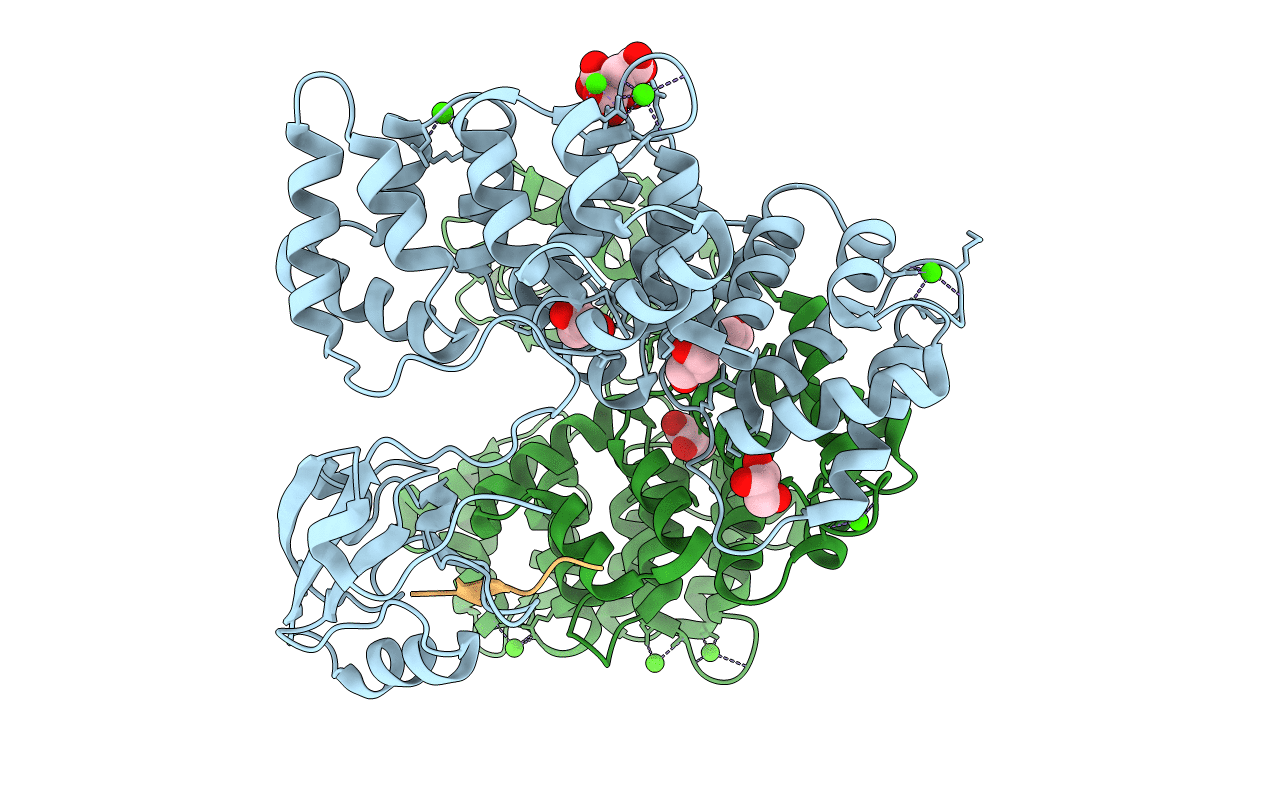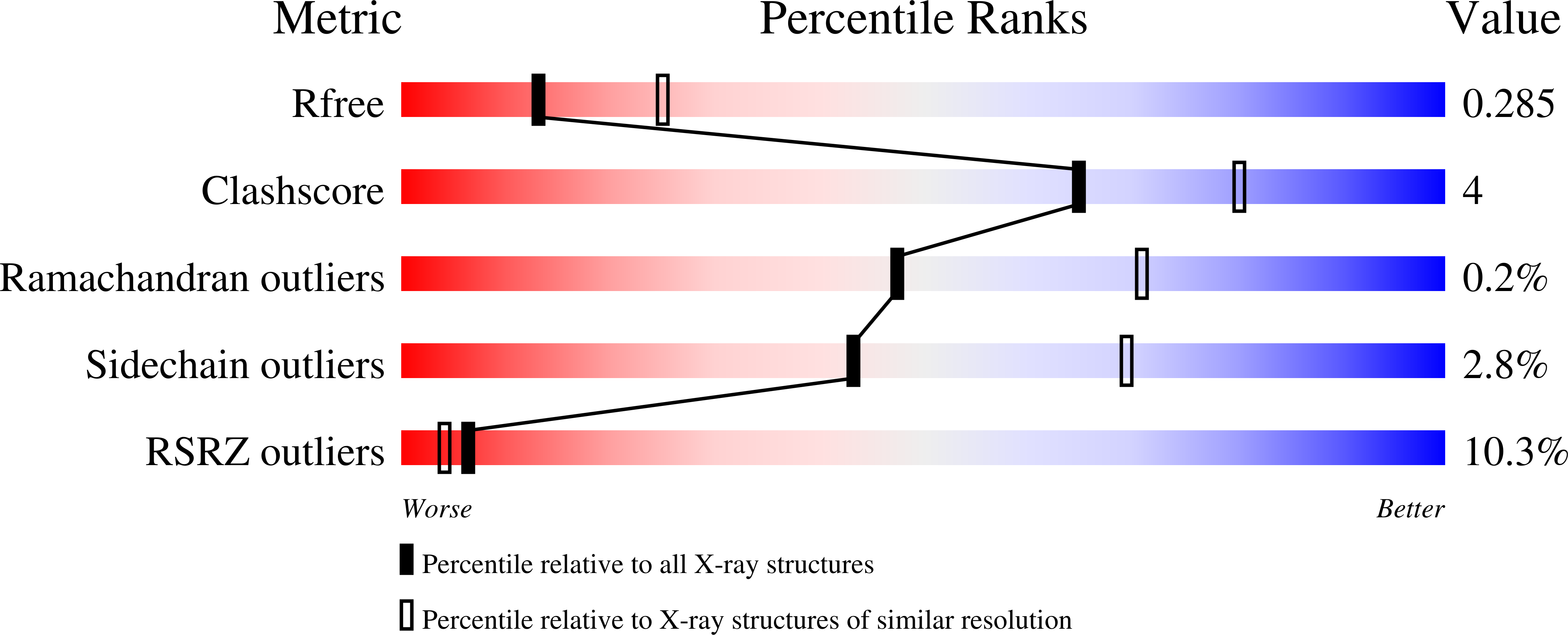
Deposition Date
2021-07-19
Release Date
2022-07-27
Last Version Date
2024-02-07
Entry Detail
PDB ID:
7P71
Keywords:
Title:
The PDZ domain of MAGI1_2 complexed with the PDZ-binding motif of HPV35-E6
Biological Source:
Source Organism:
Homo sapiens (Taxon ID: 9606)
Human papillomavirus 35 (Taxon ID: 10587)
Human papillomavirus 35 (Taxon ID: 10587)
Host Organism:
Method Details:
Experimental Method:
Resolution:
2.60 Å
R-Value Free:
0.28
R-Value Work:
0.24
R-Value Observed:
0.24
Space Group:
C 1 2 1


